Wildlife photography tips from Earthwatch volunteers
Earthwatch expeditions are filled with opportunities. Our volunteers can transform their relationships with the natural world, make lasting connections, and launch careers in nature and science.
Along the way, they’ve taken incredible photos. Among our participants are nature and wildlife photographers who want to protect the very species they admire.
We talked to a few participants and asked them to share their advice on capturing nature's grandeur through a camera lens.
How to eliminate distractions in wildlife photography
Before you hit the shutter: make it a habit to let your eye roam around the frame. Is the composition the best it can be? Is there some distraction that can be eliminated or minimized by a change in position?
Don’t bring more camera than you can handle. Knowing how to use your equipment is a huge part of photography. Pets, athletes in motion, and small children are perfect practice subjects. Always have your camera (and spare battery) handy. Always. Not at the bottom of your backpack, but around your neck or beside you on the seat. Invest in a comfortable strap or harness.
Let the light work for you: early mornings and evenings tend to have the best lighting. Great lighting is a part of all compelling photography.
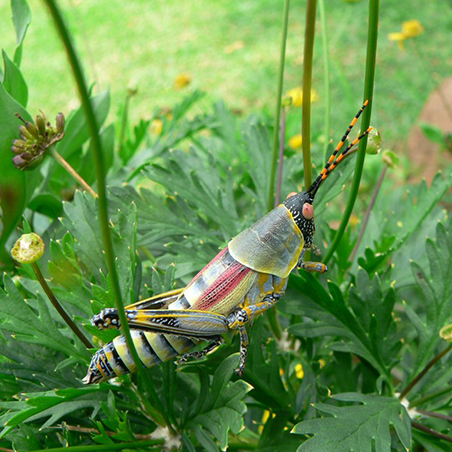
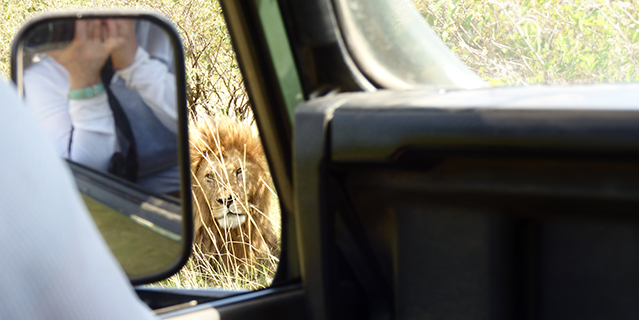
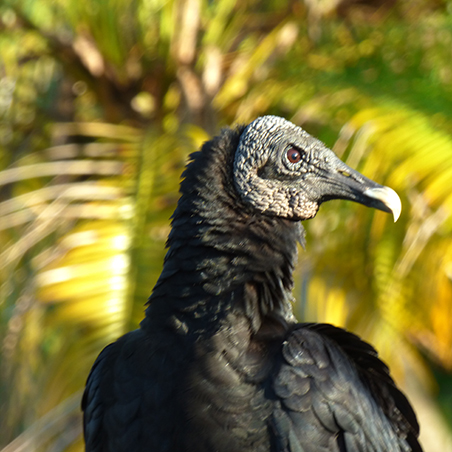
Many animals have a ‘zone of comfort’: even if they flee, once they get to their comfort zone, they often stop and look back at you. This may be the best chance to get a shot, so keep an eye on them.
Mary Rowe
Remember your wildlife photography audience
Remember who you're photographing for: Regardless of the subject. Unlike humans, wildlife will never ask to see how they turned out in your photos. So we feel that it's important to remember that at the end of the day, we are artists capturing images for people and for ourselves, through the camera lens.
Anthropomorphizing your wildlife subject can help your audience envision the feelings you had at the time you snapped the moment: Focusing on a 'feeling' you see in the animal, insect, etc, can help you connect with the viewer. For us, we tried to capture the thoughts and moments that were apparent through the eyes of our subjects.”
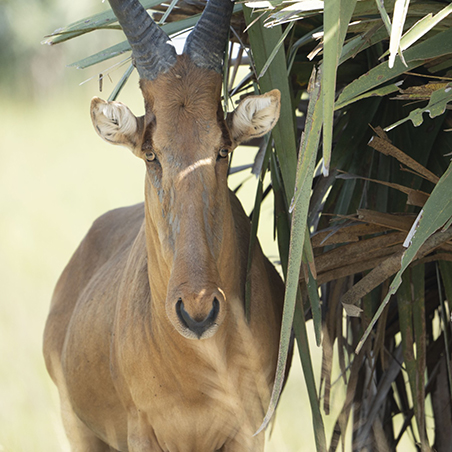
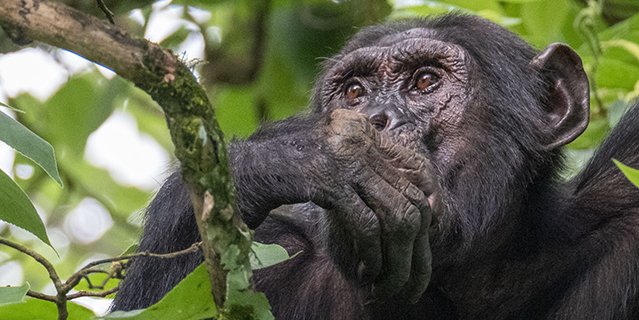
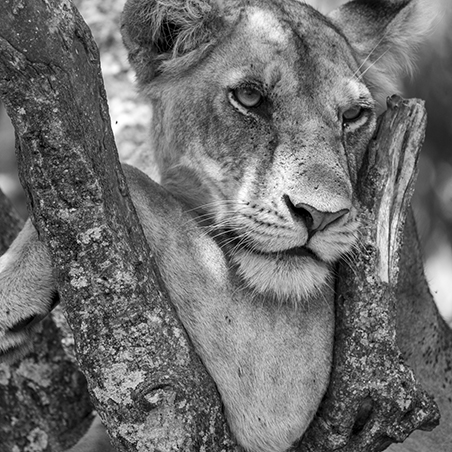
Our advice to current and future Earthwatch participants that will don their camera gear while on expedition, we encourage them to photograph with two ideas running in the background.
Mike Bygrave
Respect wildlife and think through your process
Respect the wildlife and the environment: Do not cause wildlife to be stressed by your presence. If an animal looks agitated, you are too close. We have read about (and I have witnessed) people getting way too close to a wild animal to get “the perfect shot”. For the good of the human and the animal, keep a safe distance.
Stay calm and think through your process: I am guilty of getting caught up in the moment and forgetting to check my camera settings to make sure they are adjusted for the environment I am shooting in. The appropriate shutter speed, aperture, white balance, and exposure are important to getting a technically sound shot. While you’re in the field, try to anticipate the type of wildlife you might encounter and adjust your camera’s setting with that in mind. Capturing a fleeting moment is very challenging but not impossible. A little bit of forethought can make the difference between getting an outstanding shot or not getting a shot at all.
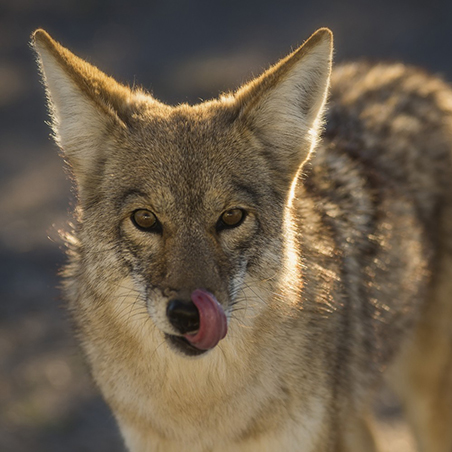
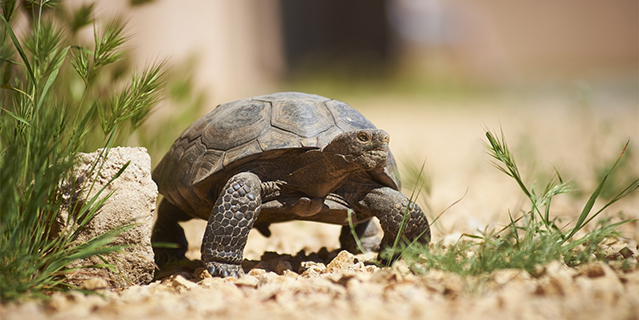
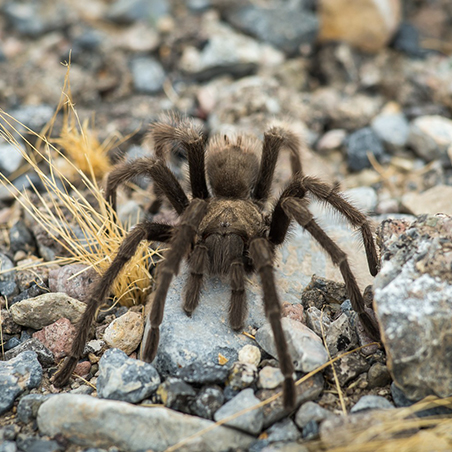
Wildlife images are almost always better when captured from eye level or even lower. For example, getting on the same level as the subject helps to create a more intimate photograph.
Kurt Moses
Always be ready for a wildlife photo opportunity
Have your camera with you all the time, ready to capture unexpected situations. Also, a warning: joining an expedition is an excellent opportunity to be a wildlife photographer, but don’t expect to win top prizes with your pictures. You are there as a volunteer, working hard, enjoying the contribution you make to science. There is no time to perfect your technical skills as a photographer. But you never know! With some luck, you still might end up with a winning picture.

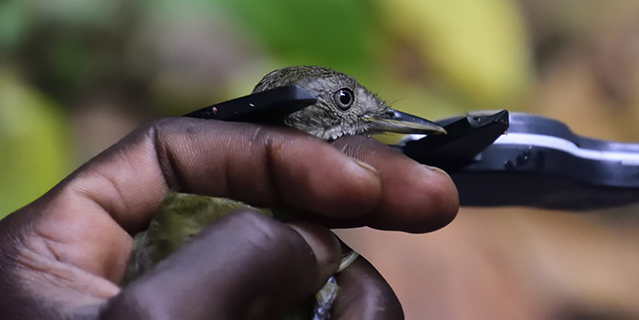
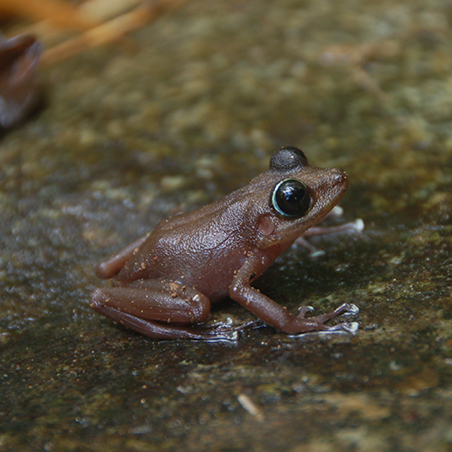
The best tip for any amateur wildlife photographer: join an expedition! Any expedition concerning animals gives you a unique chance to get close to animals. And scientists will share their knowledge about the behavior of animals. This will increase the chance of taking good pictures.
Gerda Jansen Hendriks
Think about lighting and framing
Framing a subject: Sometimes, it’s okay to perfectly center the subject, and other times, the subject is to the extreme right, left, and top or bottom. I try to use the “rule of thirds,” dividing an image into thirds, both horizontally and vertically. I also like to include something in the foreground to add depth and context, such as part of a tree, building, or equipment.
Lighting is also very important. One of my favorite images is from our trip to Costa Rica. The light is coming from the moon, and Gretel is in the foreground with her students behind. Using highlights, shadows, and color again to lead the viewer's eye through or around the image.
Another favorite is from our Amazon trip. We are all on a boat, tired after a long day of fieldwork. As I turned around to look at Gretel, “I saw it”—meaning the image was framed with leading lines and the rule of thirds with the water, forest, and sky! I was able to capture motion and emotion in one frame.
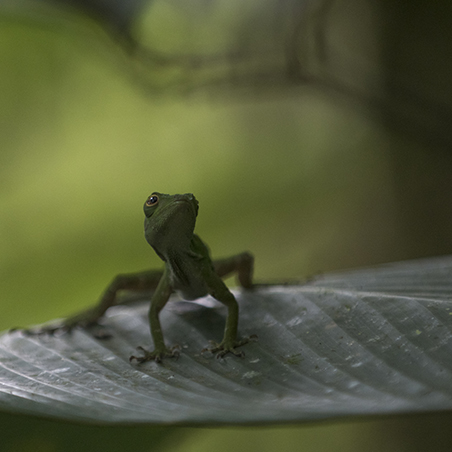
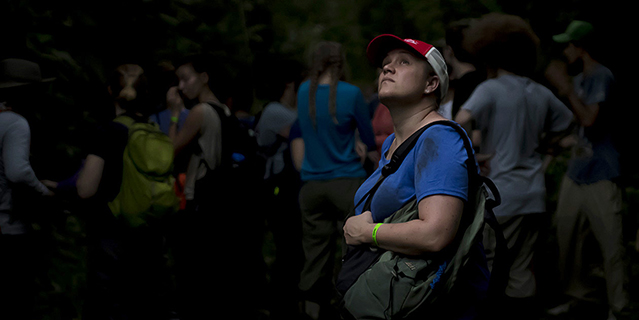
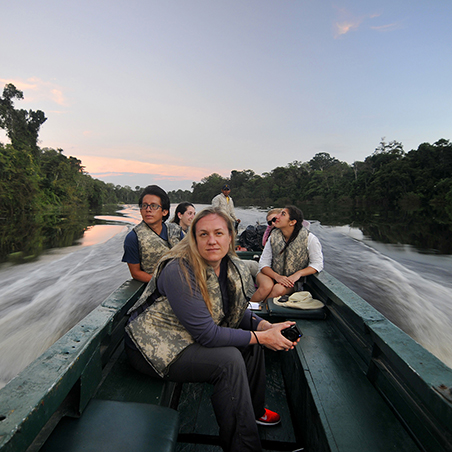
I primarily shoot in Manual or Shutter priority. I feel these two modes give me the most range of use for a variety of lighting situations and fast and slow action scenes.
Curtis Creager
Sign up for the Earthwatch Newsletter
Be the first to know about new expeditions, stories from the field, and exciting Earthwatch news.
.
.
.